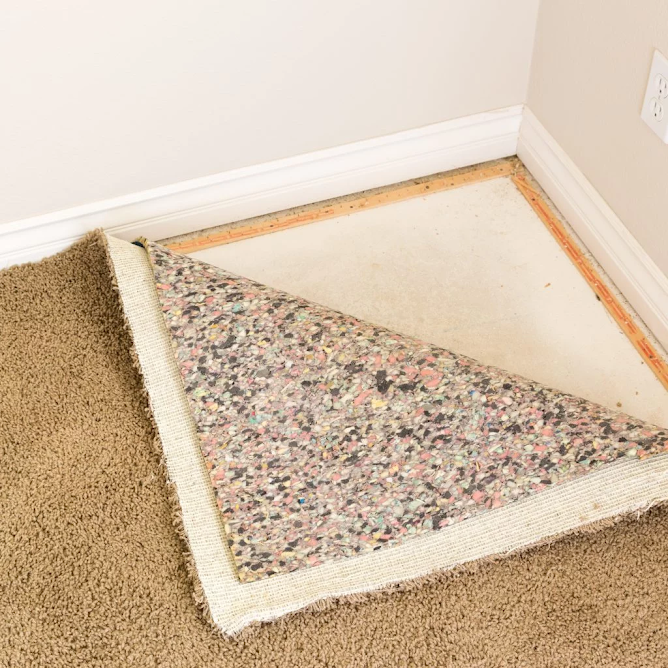How to Achieve a Timeless Look with LVT Flooring: Classic Beauty, Contemporary Ease
LVT Flooring is a great alternative to traditional hardwood and natural stone because it can provide the same visual impact and design versatility at a lower cost, with added durability and low maintenance. It is available in a wide array of wood grain and pattern options, as well as colors and finishes. It is very easy to clean and resists scuffs, stains and scratches, making it an excellent choice for high traffic areas. LVT is also waterproof, making it a great option for bathrooms and mud rooms.
The multi-layered construction
The multi-layered construction of LVT allows it to be a resilient, durable, low-maintenance floor that is designed to replicate the look of real materials such as ceramic tile, stone and wood. The layers in an LVT floor include a factory-applied urethane top coat to protect against scratching, staining and chemicals, a vinyl layer for stability, a decorative PVC print film that provides the desired image or design and a protective clear wear layer.
LVT product
When selecting an LVT product it is important to consider the product thickness, wear layer performance characteristics and what the floor will be used for. Products with a thicker top layer, usually made from urethane or polyurethane, will perform better in higher traffic areas than those with less of a protective layer. The thickness of the bottom layer can affect pricing and comfort underfoot as well.
Manufacturing process
During the manufacturing process of LVT, a compound is mixed with a resin and molded into a sheet or plank shape by means of calendering. The calendering process uses heated rollers to roll or squeeze the compound into a sheet, manipulating it to achieve a specific width and thickness. This process is what makes LVT so durable.
Printing and embossing
Once the sheet has been formed, it goes to the printing and embossing sections of the manufacturing plant. The printing section applies a color coating to the surface of the sheet, while in the embossing section, texture is created by using registered or blind embossing. The registered embossing method follows the image, and allows for more detail to be expressed, while the blind embossing process just uses a pre-set mould or punch.
An odor-reducing
As the final step in manufacturing, an odor-reducing urethane is applied to the surface of the sheet. This helps reduce odors, and provides the flooring with its moisture resistance.
There are two different ways that LVT Flooring can be installed – glue down and click. Glue down is the original method and has long been considered the best way to install luxury vinyl flooring. However, as the industry has evolved, click systems have improved and are now able to stand up to moisture better than glue down products.
Conclusion
The most important consideration when choosing an LVT is the wear layer thickness. A thinner top layer is not going to be able to withstand the rigours of daily life, and is only suitable for low traffic areas such as closets or spare rooms. For high-traffic areas, a product with a wear layer of at least 20 mil should be selected.



Comments
Post a Comment